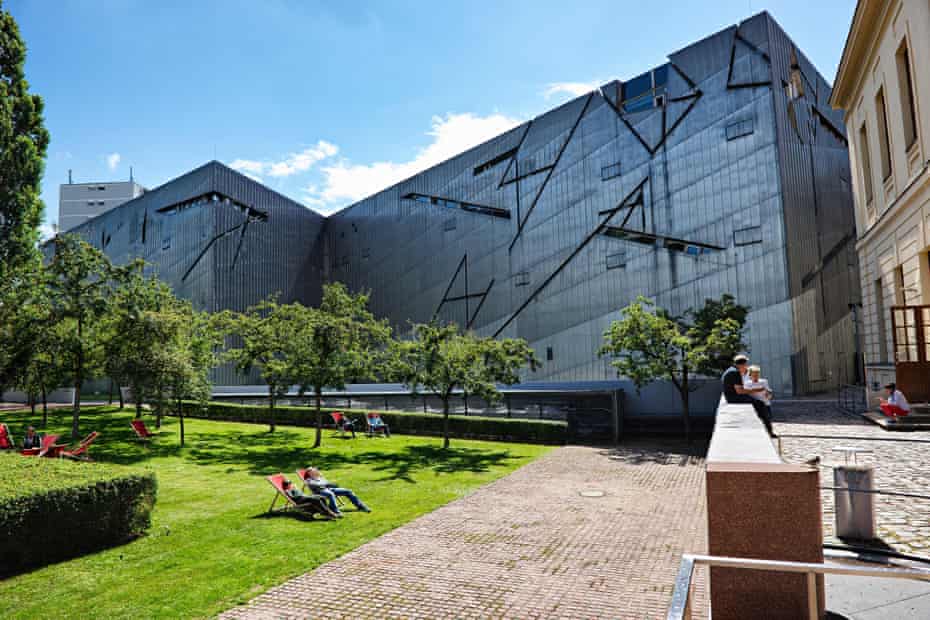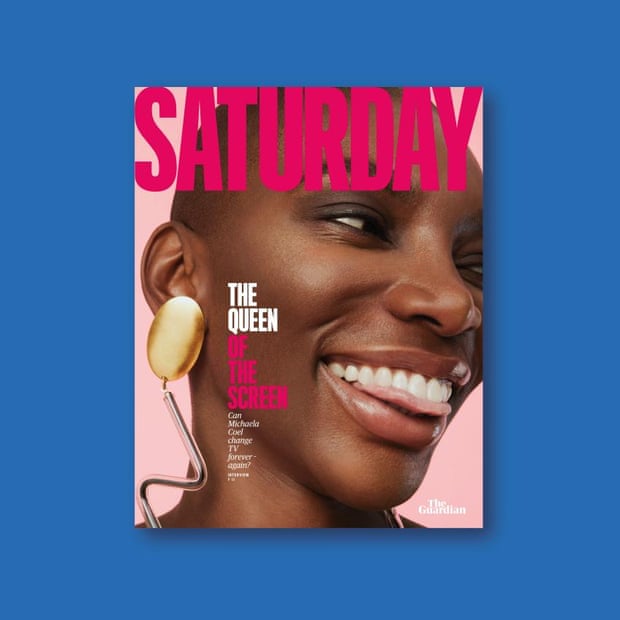Art entrepreneur Johann König has been living in the German capital for 20 years. In 2002, he set up his influential König Galerie , which today is housed in a brutalist former church in Kreuzberg.
Food
For German cuisine, my favourite spot is Nobelhart and Schmutzig at the Kreuzberg end of Friedrichstrasse. It’s a Michelin-starred restaurant, but also very laid-back and authentic. The owners are passionate about regional cuisine – they only use ingredients grown in Brandenburg, the state in which Berlin sits. You get the feeling that each individual carrot has a name and has possibly been talked to by the chefs.
My other favourite Berlin restaurant is at the other end of the scale: a cheap, cheerful and friendly Syrian place called Yarok on Torstrasse in Mitte. It’s easy and quick, and I love the variety of food they have on the menu. Somehow it has remained down to earth while all the places around it have become gentrified and more expensive. It is also symbolic of Berlin’s vibrant migrant culture. I usually order the mixed plate, which has falafel, hummus, couscous, chicken breast salad and a kebab for just €8.
Inspiration

One of my regular walks is along Friedrichstrasse, which has an amazing history and interesting architecture and used to bisect former East and West Berlin right at Checkpoint Charlie. On the northern stretch of the street, next to Friedrichstrasse station, you can visit the former Palace of Tears checkpoint, where people said farewell to each other as they parted for their respective zones. Many of the high-end shops and restaurants that sprang up here after reunification are still housed in buildings from the GDR era. The Mehringplatz end in the south, on the other hand, lies in the former West (Kreuzberg) and is mostly social housing. The Berlinische Galerie nearby has a fantastic audio guide about this former East Berlin architecture.
I also enjoy Berlin from the water – it’s a bit of an underrated experience, but we have so many rivers and canals here. I once took a kayak tour on the Landwehr canal, ending up in this area where the Neukölln, Kreuzberg and Treptow neighbourhoods meet.
Neighbourhood

The area I live in, near my gallery, is a special part of Kreuzberg – very nearby there is a plaque marking the centre of the city. People associate Kreuzberg with its anarchist history, Turkish community and nightlife, but where I live is very different. It was bombed in the war, and rebuilt by one of the city’s best-known architects, Werner Düttman. It’s mostly housing projects – which some say look terrible from the outside, but I like them – as well as green areas, football pitches, schools and nurseries. It’s very quiet. There aren’t many cafes or bars, but near to our gallery is the Berlinische Galerie and Daniel Libeskind’s Jewish Museum. The “other”, roaring, Kreuzberg is all around us, but here it’s peaceful.
Quick Guide
Saturday magazine
Show

This article comes from Saturday, the new print magazine from the Guardian which combines the best features, culture, lifestyle and travel writing in one beautiful package. Available now in the UK and ROI.
Green space
One of the lesser-known green spaces in my area is the garden of the Jewish Museum. Not many people know about it, and if they do, they don’t realise it’s public and free – you don’t need to buy a museum ticket to get in. It is vast and has some interesting sculptures. It’s also a great place to gather your thoughts, especially as you’re almost always alone, unless there’s a concert or an event on, which happens on some Sundays.
Nightlife
I like to go to the parties at Borchardt restaurant. They have these nice Friday night events upstairs on the belle étage, which feels like a very elegant apartment. There are readings and cultural events but also proper parties with DJs. I also like the Prince Charles club, which is close by on Moritzplatz – they have good hip-hop parties. Oh, and a really nice local place is Zum Flachbau. It’s a bar from the 1950s and hasn’t changed, but it’s very much part of the neighbourhood.
Where to stay
In a former department store on Oranienplatz, is the swanky Orania Berlin hotel. Slickly designed doubles in exotic tones start from €270 a night, and it also has a restaurant, chic bar and regular music and cultural events. It’s quite an alien in the neighbourhood, but then diversity is one of the things I most like about Berlin.




